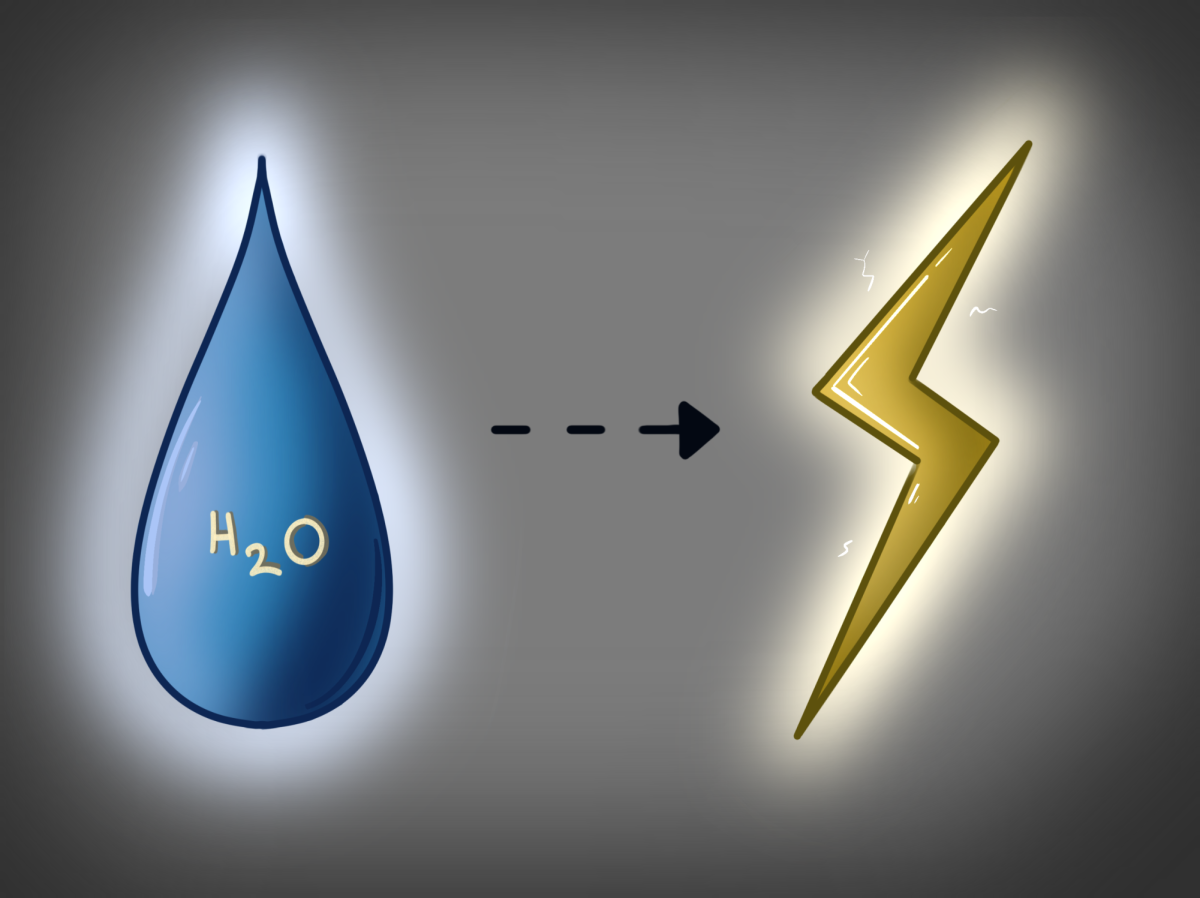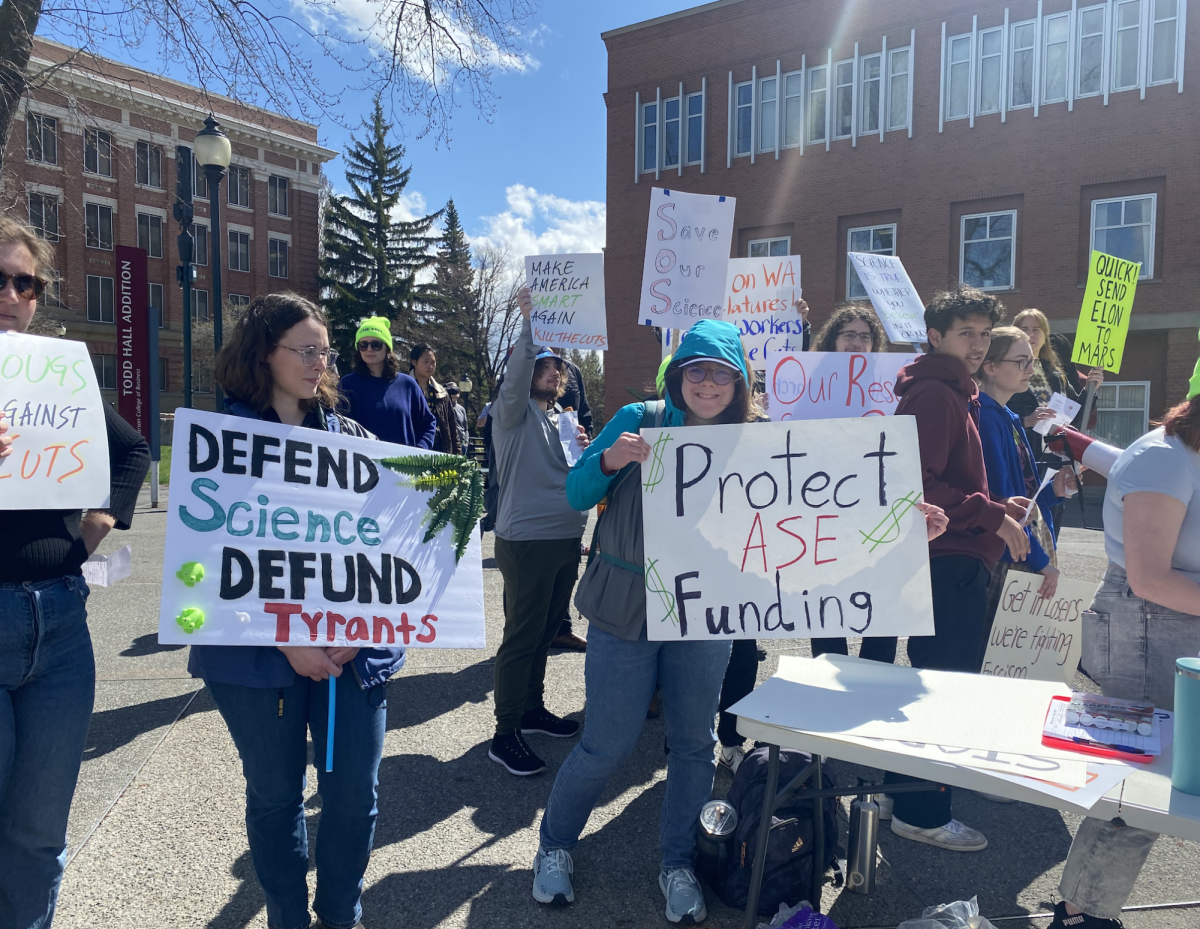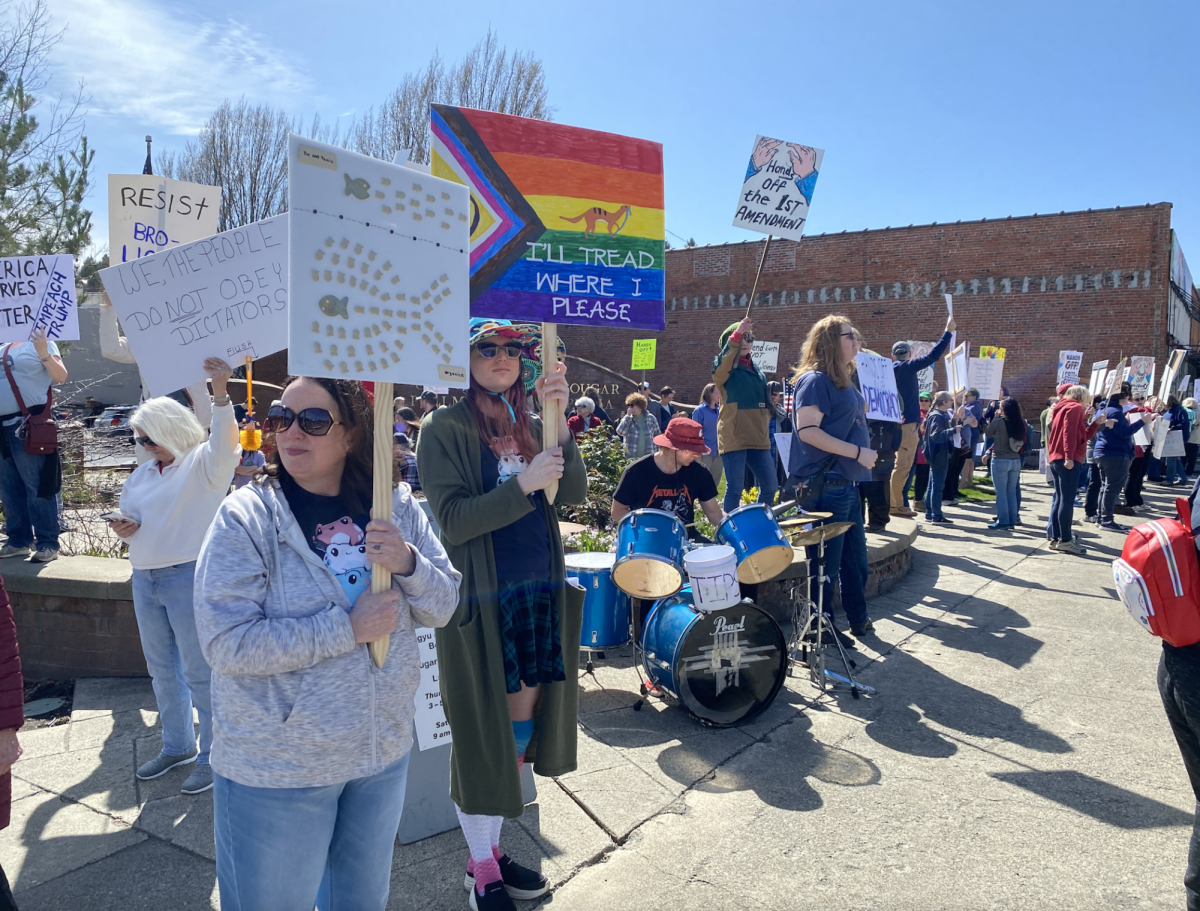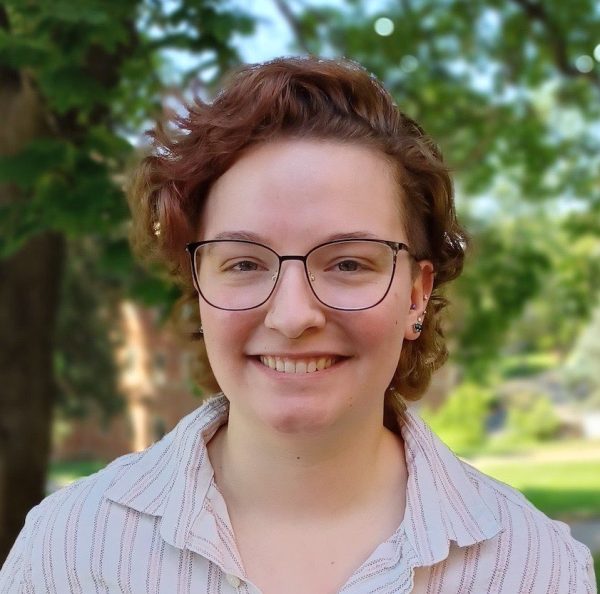On Oct. 13, the Pacific Northwest Hydrogen Association’s Hydrogen Hub was recognized as one of the seven hydrogen hubs out of an estimated 80 applications for award negotiations for $1 billion of federal funds.
WSU will oversee the PNWH2 Hub’s development. The PNWH2 Hub will attempt to accomplish this mission through CHARGE and community benefits planning.
CHARGE is an initiative by the Joint Center for Deployment and Research in Earth Abundant Materials, a WSU-administered research institute and state organization, said Aaron Feaver, Founder and Executive Director of JCDREAM and CHARGE. JCDREAM focuses largely on clean energy and transportation.
The hydrogen hub aims to decarbonize society, Feaver said. The main idea for developing a hydrogen hub is to “make, move, store, and use.”
“You want to make clean hydrogen, make sure that it has a very low carbon footprint or is carbon-free in the production, and you need to move it and store it,” he said.
Feaver said CHARGE wants to create a network of researches from WSU and the Pacific Northwest National Lab.
“We [also] had a focus on outreach to industry in order to understand how to take advanced clean energy technologies and not just do research or interesting science, but actually deploy these technologies,” Feaver said.
This network, along with the passing of the bipartisan infrastructure law that contained provisions for hydrogen hubs, would eventually lead to the creation of the Pacific Northwest Hydrogen Association, Feaver said. The Association is comprised not only of people from research or industry groups but also native tribes, labor unions, and environmental groups from both Washington and Oregon.
The process of making, moving, and storing hydrogen is complicated and requires specialized technologies and skillsets; such as replacing a natural gas turbine with a hydrogen turbine or replacing diesel fuel in trucks and using a fuel cell-powered truck, Feaver said.
Hydrogen can be converted into energy in various ways such as through combustion or fuel cell technology, he said.
The community benefits of the hydrogen hubs originate from the Department of Energy, said Kate McAteer, WSU Tri-Cities academic and student affairs vice chancellorand leader of the hydrogen hub’s community benefits plan.
“There are four main areas that are priorities. There’s community and labor engagement, advancing the American workforce, the EIA (diversity, equity, inclusion, access), and the Justice 40,” she said. “The Justice 40 priorities are to ensure that 40% of the benefits of the clean energy project will flow to disadvantaged communities.”
These benefits can be direct such as employment opportunities, or indirect such as reduced energy burdens and improved health due to reduced emissions, McAteer said. It is also important that communities are consulted and included in the discussions regarding the implementations of projects, she said.
The hub also aims to be a resource for others, Feaver said.
“There have been challenges in the past with attempts at using hydrogen where [there will be] a whole bunch of folks who want to use hydrogen for hydrogen-powered buses or cars, but they haven’t had a reliable supply of hydrogen,” he said “I call this the chicken and the egg problem with hydrogen [as] it’s always ‘Which comes first the hydrogen or the fuel cell bus?’ It has to be done together. Part of what we’re trying to do is solve that chicken and egg problem.”
One way it aims to do this is by using hydrogen for sustainable and carbon-neutral fuel for large vehicles like planes and trucks. This can also be done by implementing hydrogen in the production of steel, fertilizers, or plastics, he said.
While PNWH2 Hub projects have not been without funding, the incoming federal funds will provide a boost to projects, McAteer said.
“We’ve had funding to do parts of all of this but it’s really nice now to be able to know that for the next, hopefully, eight years we’re going to have funding to make a lot of advances,” she said.
Washington, Oregon, and Montana will see the benefits of this funding, Feaver said.
“Each one of these different nodes in the hydrogen hub is going to be a very large project. It’s going to be tens of millions to hundreds of millions of dollars that are deployed at each of those locations, that’s how you get to billions of dollars,” he said. “These are large-scale manufacturing, [the] deployment of technology, transportation applications, and industrial and fertilizer plants. It’s big, big industrial investments that are being made.”
Various individuals and groups made these efforts possible, Feaver said. This includes researchers from the Voiland College of Engineering and Architecture, the Bioproducts Institute, the Chemical Engineering Department, and the HYPER Lab who study biofuels, liquid hydrogen, catalyst research, and electrolyzer research.
“A lot of fundamental research has been done at WSU and that’s part of what got us started down this path in the first place – [us] recognizing that not only do we have this critical mass of research, but we also have all this clean energy and industrial applications, and helping to put that all together is really a big part of what makes the hydrogen hub,” he said.









